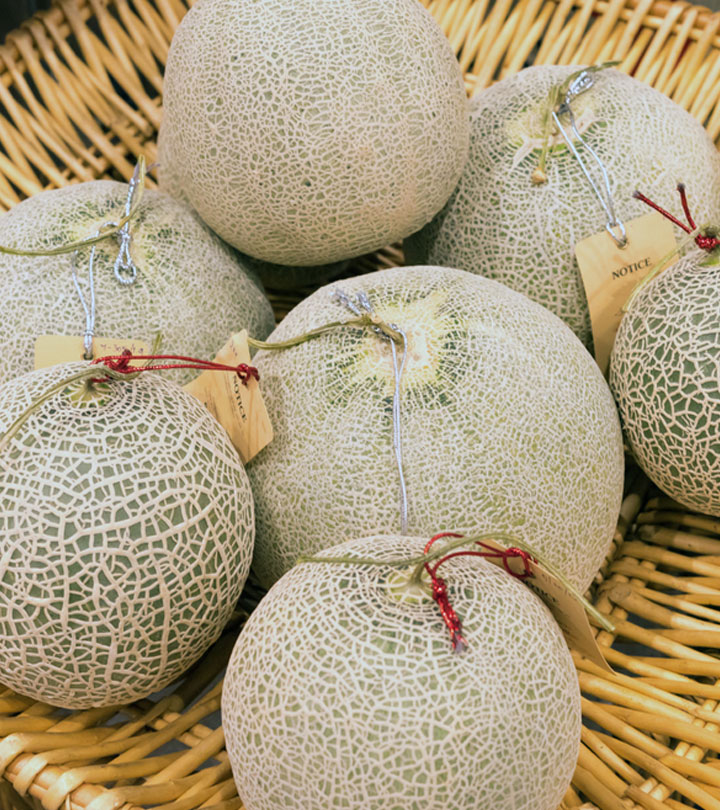
This was the first time salt was created using this method by the ancient Chinese and Romans. Buddha taught the world how to keep and collect salt in early fifth century BC. To collect the brine, the Romans used ceramic containers known as briquetage. Workers scraped up the concentrated salt and washed away the impurities. The workers then put the brine in shallow pans, and placed them on clay pillars that were set over a fire of lava. The workers then sold the dried, powdered sea salt to the people of the colonial New World. Slave workers were brought from Africa to work on salt rakes on different islands in the West Indies.
While most people know about table salt, not everybody knows how sea Salt is made. While table salt is primarily made up of sodium chloride (the main ingredient), sea salt also includes magnesium, iron, calcium and potassium. These minerals are contained in tiny amounts in sea Salt crystals. While it is best to use this mineral in moderation, adding a pinch to your dish will add extra nutrition and mineral nutrients.

The most common salt type is sea salt. It comes from warm climates. Sea salt is extracted by filling manmade swimming pools with salt water. The water then evaporates. The crystals will remain behind when the water evaporates from the pool. These man-made pools are referred to as "salt works". Salt is harvested in many different ways. The process of harvesting salt can take several billions of year.
Sea salt production is a complex process. The first step is the extraction of seawater. This involves extracting the seawater from the ocean. The water is left in the water for a few days to dry and to concentrate. Once this is completed, the sea salt is ready to be sold. Then, the resulting product is labeled as unrefined or refined. The unrefined salt may appear grey or have trace minerals or marine bacteria, which contributes to its complex flavor.
The process of getting sea salt is quite simple. The salt crystals, which form at the bottom in the water, are almost dry. Pour off some water and remove the salt crystals. This is an excellent method to collect sea sal. It's very inexpensive and readily available. It is readily available in many countries. Salt can be used for human consumption after it is harvested. It is versatile in its use.

Extracting salt from seawater is similar to extracting salt water. The process is, however, different for each. Some sea salts can be taken from the ocean, while others come from the earth. The salt is extracted using chemicals in the second case. To extract the iodine the minerals from the sea are removed. Salt is also processed to get rid of minerals that make it edible.
FAQ
What are your basic cooking skills
Basic cooking skills include the ability to read recipes and measure ingredients. This is the first step to learning how to cook. Cooking is also a great way to save money since you don't have to eat out all the time.
Do I need any special equipment to cook?
You don't require any special equipment to learn how to cook. However, having the right tools can make cooking easier. For example, you could use a knife instead of a fork to eat pasta or a whisk instead of a hand mixer to whip egg whites into stiff peaks. It makes cooking much easier and quicker.
Who is the best path to a career in chef work? How can I start my career as a chef?
As an apprentice, you can start your journey to becoming a chef. Apprenticeships give you the opportunity to work for many years without having to pay tuition fees. You can apply to become a sous-chef after you have completed your apprenticeship. Sous chefs work with cooks to prepare dishes and supervise them. They also supervise the operation of the restaurant.
Statistics
- The median pay for a chef or head cook is $53,380 per year or $25.66/hour, according to the U.S. Bureau of Labor Statistics (BLS). (learnhowtobecome.org)
- According to the BLS, chefs earn $58,740 a year. (learnhowtobecome.org)
- On average, chefs earn $58,740 a year, according to the BLS. - learnhowtobecome.org
External Links
How To
How to make a perfect eggroll
Omelets are my favorite breakfast dish. How do you make them perfect? Many different recipes and methods have failed to work for me. So I wanted to share some tips and tricks so that you can make delicious, fluffy omelets every morn.
We should first know that eggs are very temperamental ingredients when making omelets. The eggs must be fresh from an organic source and kept at room temperature until they are ready to be cooked. You must keep them cool enough to allow the whites to form properly and the yolks to become too runny if they're not kept at the right temperature. This makes your omelets look weirdly colored. If you want to make omelets right away, it's best not to use eggs that are too cold.
You might also try separating the egg before adding to the pan. You don't want the white to get mixed with the yolk, as this could cause the egg to curdle.
The bottom part of an egg that is added directly to the stovetop might be burned, which could cause a ruined texture in your omelet. Instead, heat the egg for 10 seconds in the microwave before placing it in the pan. The microwave heat will cook the egg just right without making it too hot.
Next, let us talk about how to mix the eggs. When mixing eggs, it is important to thoroughly beat them. To do this, take the bowl from the mixer and flip it upside-down. Now shake the bowl vigorously. By doing this, the egg is thoroughly mixed with the air in the bowl.
The fun part begins - you need to pour the milk into your mixture. Fold the eggs in the milk mixture by first pouring half of it into the egg whites. Do not be alarmed if there are still egg streaks visible. Once the omelet flips, these streaks will disappear.
After folding the eggs fold the pan onto medium heat. When the oil starts to hot, wait for the pan to cook. Once the oil starts getting hot, add 1/4 cup of butter to the pan and swirl it around to coat the entire surface of the pan. Next, carefully open the lid and sprinkle salt into your pan. A pinch of salt will prevent your omelet from sticking in the pan.
Cover the pan once you have formed the omelet. Wait for the top to set. Flip the omelet with a spatula, or flip it upside down. Cook the opposite side for another minute. Remove the omelet from the pan and serve immediately.
This recipe works best with whole milk, but skimmed milk also works.